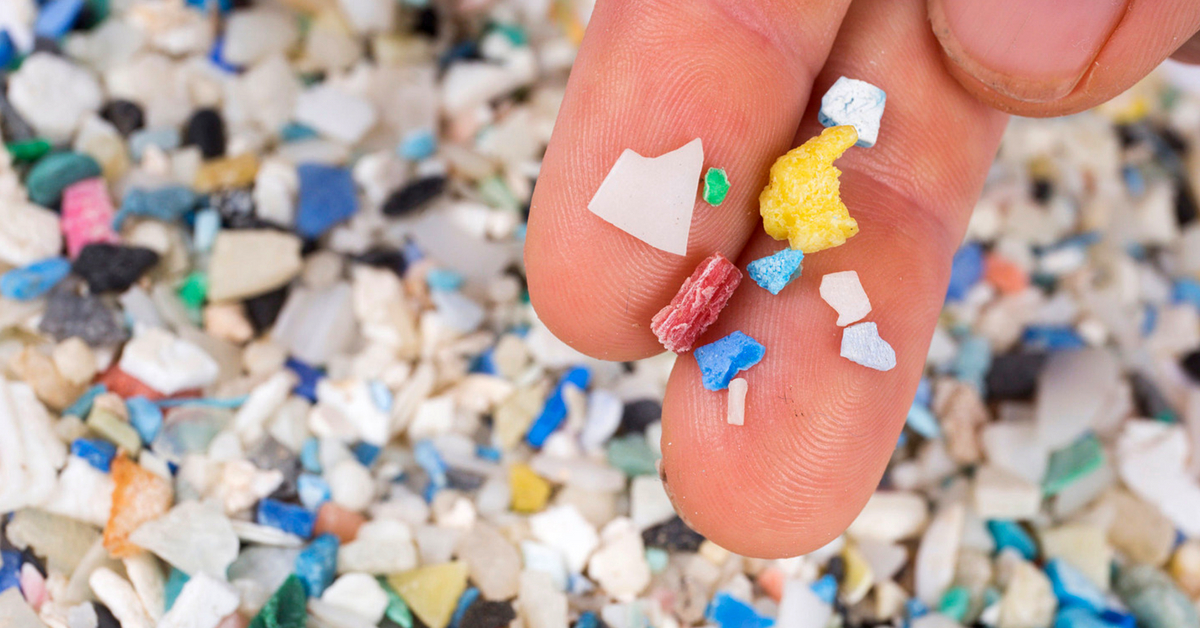Surprise! You're Eating 50,000 Microplastic Particles A Year, How Does That Feel?
Dhir Acharya - Jun 06, 2019

According to a recent study, scientists have figured out that an average person is eating 50,000 microplastic particles per year.
- Researchers Have Created Nanosprings To Break Down Microplastics
- The Shocking Truth: All Sea Turtles Are Suffering From MicroPlastics Inside Their Bodies
You are eating 50,000 microplastic particles each year! Believe it or not, it’s a fact, according to a recent study report.
On Wednesday, the journal Environmental Science and Technology published a report carrying the news. Collecting data from 25 previous studies about common American foods, the scientists aimed at figuring out how many particles of microplastic are there in those foods.
Then, the dietary guidelines from the US government helped them calculate the average number of plastic particles a person eats within a year. The study covered several kinds of food including shellfish, fish, salt, sugar, and beer.

As revealed by the study, while adults take in around 50,000 particles a year, children consume an average of 40,000 particles annually.
Microplastics go into our body in more than one way, the study points out, we may also be consuming particles through drinking water, or even by just breathing. The fact is that bottled water may be a huge source of microplastic particles.
According to the report, those who drink water from bottled sources only take in another 90,000 microplastics every year, as opposed to 4,000 microplastics taken in by those who drink tap water only.

And if you think the scientists are exaggerating things, remember that the study has covered only a tiny proportion of all foods. It was noted by the authors that the findings “are likely underestimates.”

About microplastics, The Guardian says that mostly, the particles are created by the disintegration of plastic litter. According to The Guardian analysis, even though the influence from ingesting microplastics on human body remains unknown, the particles can release toxic substances or even trigger immune reactions.
While pollution from plastic has been long discussed, we have recently learned that particles of microplastics have reached the farthest point of the Earth, deep down on the ocean bed.
Featured Stories

Features - Jul 01, 2025
What Are The Fastest Passenger Vehicles Ever Created?

Features - Jun 25, 2025
Japan Hydrogen Breakthrough: Scientists Crack the Clean Energy Code with...

ICT News - Jun 25, 2025
AI Intimidation Tactics: CEOs Turn Flawed Technology Into Employee Fear Machine

Review - Jun 25, 2025
Windows 11 Problems: Is Microsoft's "Best" OS Actually Getting Worse?

Features - Jun 22, 2025
Telegram Founder Pavel Durov Plans to Split $14 Billion Fortune Among 106 Children

ICT News - Jun 22, 2025
Neuralink Telepathy Chip Enables Quadriplegic Rob Greiner to Control Games with...

Features - Jun 21, 2025
This Over $100 Bottle Has Nothing But Fresh Air Inside

Features - Jun 18, 2025
Best Mobile VPN Apps for Gaming 2025: Complete Guide

Features - Jun 18, 2025
A Math Formula Tells Us How Long Everything Will Live

Features - Jun 16, 2025
Comments
Sort by Newest | Popular